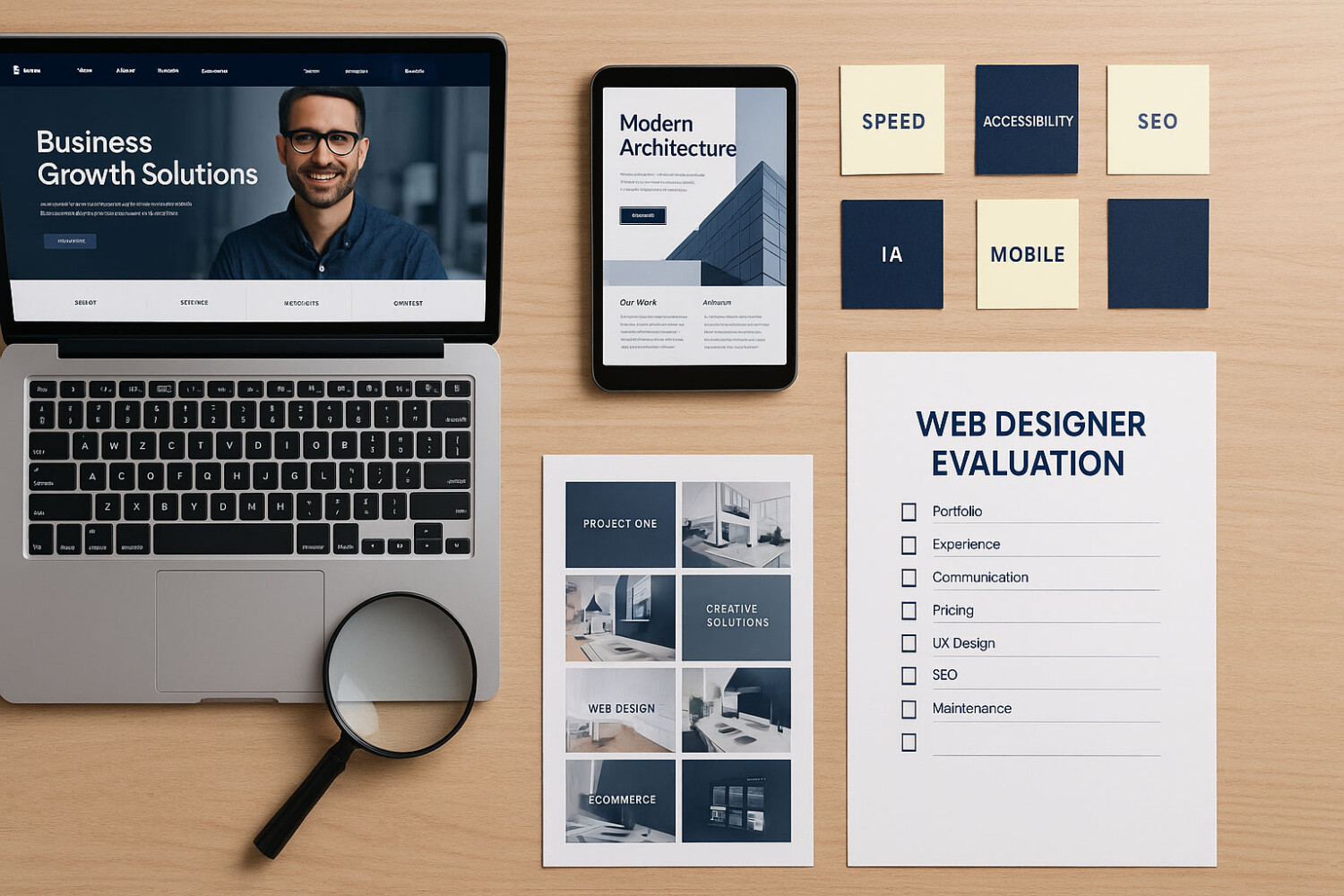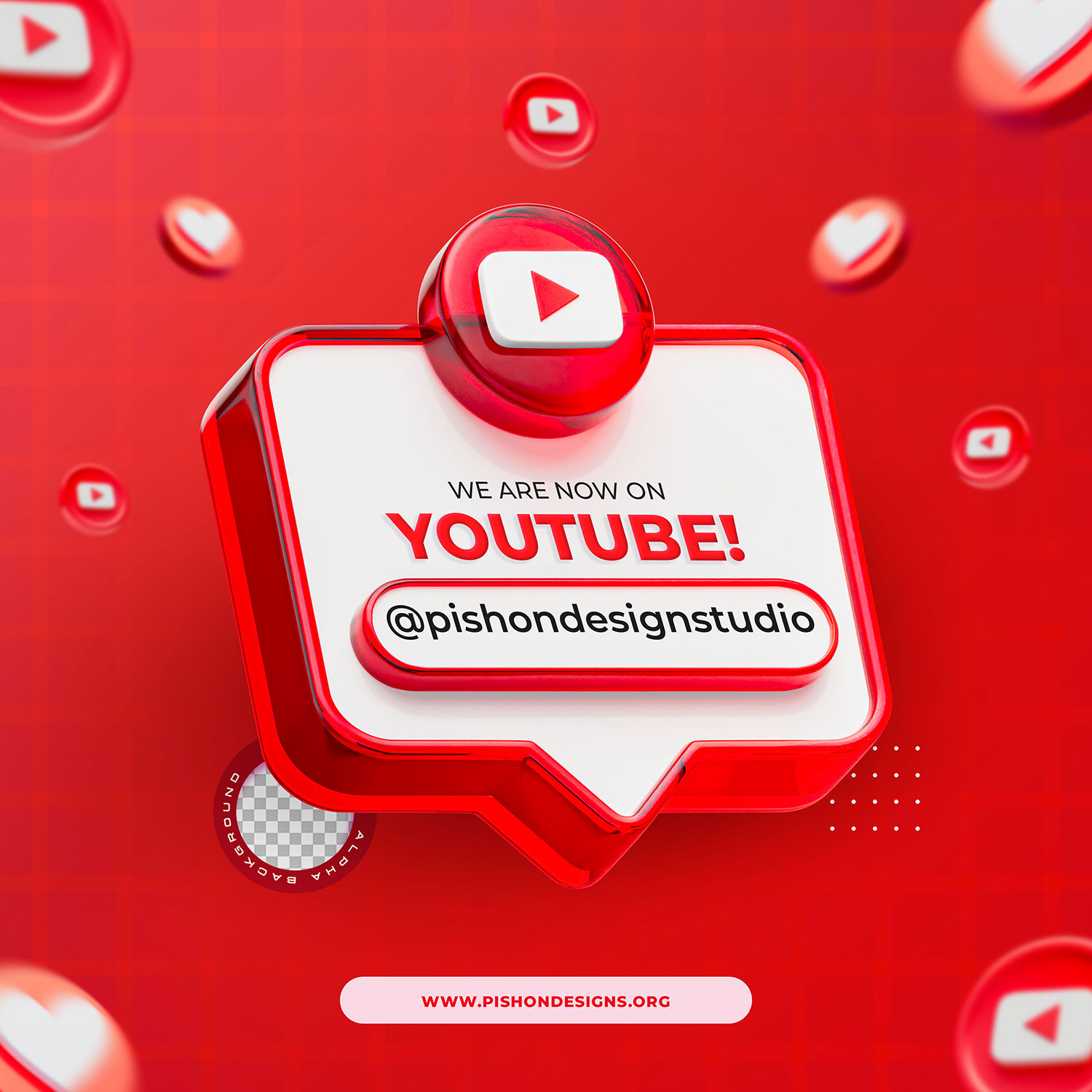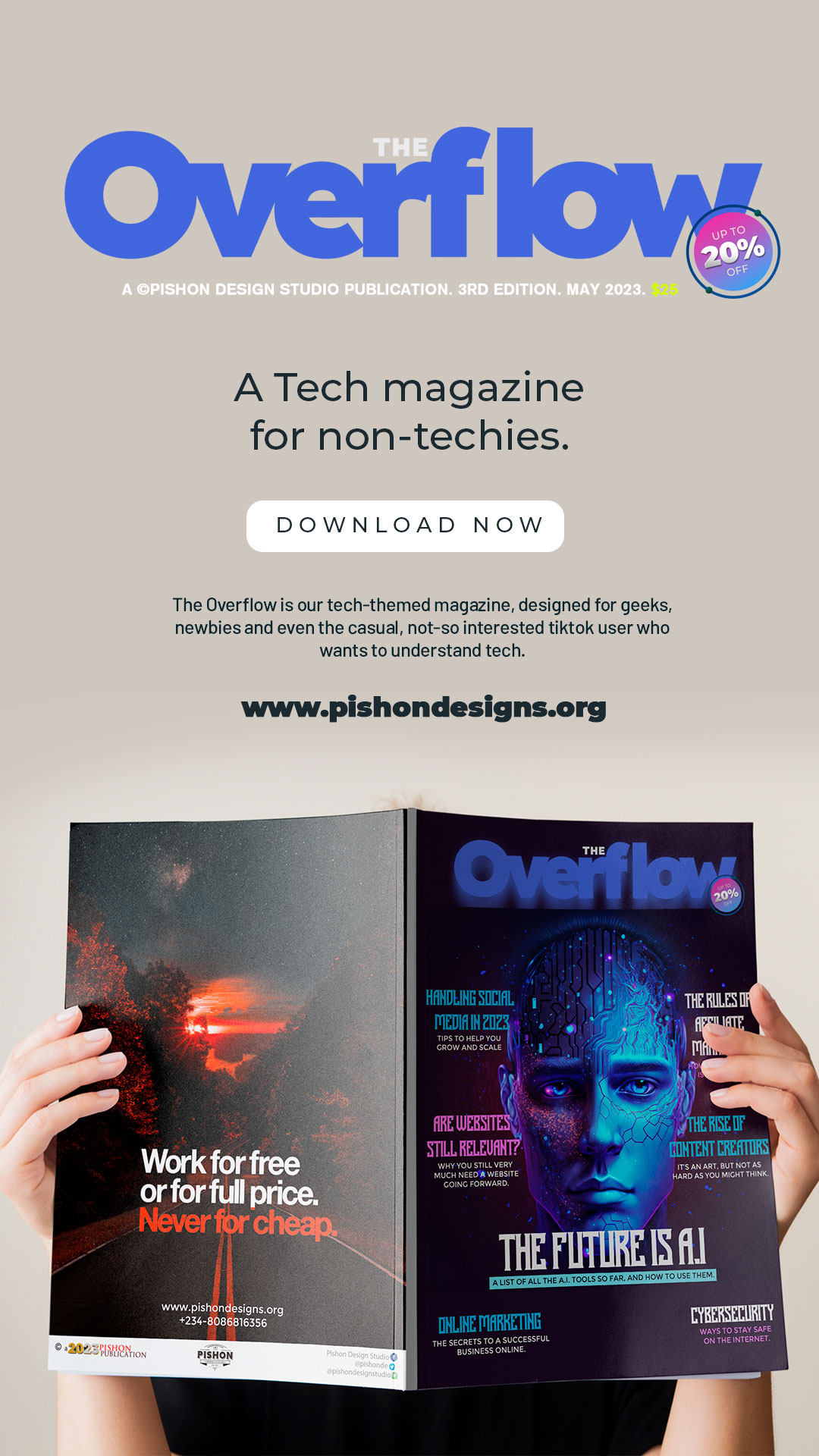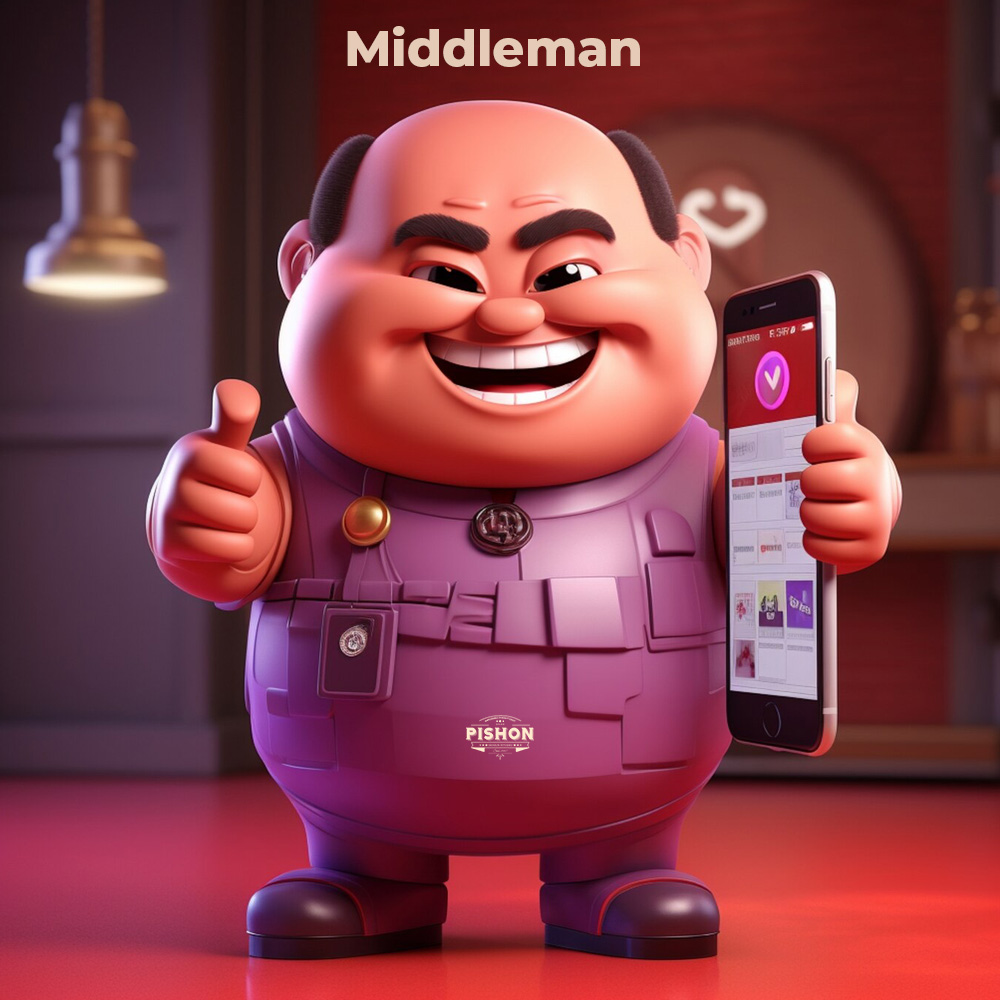Finding the right web designer can make or break your online presence. Here’s what to look for in a web designer when evaluating your options.
What to look for in a web designer
1, Portfolio Assessment
A portfolio shows more than design skills—it reveals problem-solving ability and business understanding.
When reviewing portfolios, visit the actual websites, not just screenshots. Check if they load quickly, function smoothly, and achieve their apparent business goals. A stunning portfolio piece means little if the live site is slow, broken, or confusing to navigate.
Look for work relevant to your industry, but don’t dismiss designers without direct experience. Sometimes outside perspectives bring valuable innovation. The key is whether they demonstrate understanding of business challenges similar to yours.
2, Clear Communication Is Non-Negotiable
Professional designers explain complex concepts in simple terms. If they can’t articulate their design decisions clearly during your initial conversations, the entire project will likely suffer from miscommunication.
During your evaluation, ask them to walk through a recent project. Strong designers will start with the business challenge, explain their approach, and connect design decisions to measurable outcomes. Technical jargon should be minimal and always explained.
Warning sign: In what to look for in a web designer, avoid designers who can’t explain why they made specific choices beyond personal preference.
3, Transparent Pricing and Process
Professional web designers provide clear pricing structures and detailed proposals. After understanding your basic requirements, they should offer at least a range for budgeting purposes.
Be cautious of:
- Prices significantly below market rate
- Reluctance to provide written agreements
- Vague descriptions of what’s included
- Mid-project cost additions without scope changes
A clear process is equally important. Experienced designers will outline:
- Project phases and timelines
- Number of revision rounds included
- How feedback will be collected and implemented
- Required materials and deadlines from your side
- Payment structure and milestones
4, User-Focused, Not Competitor-Focused
While competitive analysis has value, obsessing over competitor websites often leads to derivative work that doesn’t serve your unique audience.
Quality designers prioritize understanding your users:
- Demographics and technical comfort level
- Primary goals when visiting your site
- Current pain points and frustrations
- Decision-making process
- Device and browser preferences
This user-first approach produces websites that actually drive results, not just ones that look impressive in a portfolio.
5, Strong Technical and Creative Skill Set
A capable web designer is fluent in core web technologies such as HTML, CSS, and JavaScript, while maintaining a strong sense of design fundamentals—layout, typography, and color theory. Familiarity with popular CMS platforms like WordPress, Webflow, or Shopify is a plus, ensuring your site performs seamlessly across devices. Technical knowledge also includes responsive design skills, so your website looks great on any size screen, from phones to desktops.
Stop Losing Money to a Bad Website
Get a fast, modern, mobile-optimized website that actually converts visitors into customers.
No setup fees. Built for results.
6, Performance Consciousness
Beautiful designs that load slowly kill conversions. Professional designers understand this balance.
They should discuss:
- Image optimization strategies
- Impact of font choices on load time
- When animations add value versus friction
- How design decisions affect page speed
- Performance benchmarks for your industry
A designer who doesn’t consider performance during the design phase will create expensive problems later.
7, Professional Pushback
What to look for in a web designer? You’re hiring expertise, not just execution. Strong web designers respectfully challenge ideas that could harm your business goals.
They should:
- Explain why certain requests might not serve your objectives
- Offer alternatives when disagreeing with your direction
- Support their recommendations with logic or data
- Balance your preferences with user needs
- Stand behind their professional judgment while remaining flexible
Yes-people might seem easier to work with initially, but they won’t deliver the results you need.
8, Post-Launch Support and Maintenance
Website launch is the beginning, not the end. Clarify post-launch arrangements upfront:
- Availability for urgent fixes
- Process and pricing for updates
- Documentation or training provided
- Recommended maintenance schedule
- How they handle hosting and technical issues
Some designers offer ongoing maintenance packages; others work project-by-project. Neither approach is inherently better, but knowing what to expect prevents frustration.
9, Verifiable References and Track Record
Professional designers readily provide references. When checking references, ask specific questions:
- Were deadlines met consistently?
- How were unexpected challenges handled?
- Was communication proactive or reactive?
- Would you hire them again?
- What would you do differently?
Also verify their business stability. How long have they been operating? Do they have proper contracts and insurance? Are they available when you need them, or juggling too many projects? Like you know how we’ve been building websites for 10+ years? Yeah, that.
10, Business Acumen Beyond Design
Effective web designers understand that websites are business tools, not art projects.
They should demonstrate familiarity with:
- Conversion optimization principles
- Basic analytics and measurement
- Sales funnel concepts
- Content strategy fundamentals
- SEO considerations
- Industry-specific requirements
The best designers ask about your business metrics, growth plans, and success indicators—not just brand colors and aesthetic preferences.
Red Flags to Avoid
Walk away if you encounter:
- No live websites in their portfolio
- Defensive responses to reasonable questions
- Unprofessional behavior during evaluation
- Refusal to provide contracts or references
- Negative comments about past clients
- Unrealistic promises about results
- Template work presented as custom design
- Inability to explain design rationale
- Chronic lateness or poor communication
Cultural and Working Style Fit
Beyond skills and experience, what to look for in a web designer is working style compatibility.
Evaluate:
- Response time expectations
- Preferred communication methods
- Feedback style and frequency
- Time zone and availability alignment
- Project management approach
You’ll interact with this person or team extensively. Ensure your working styles are compatible before committing.
Making Your Decision
Selecting a web designer requires balancing multiple factors: creative ability, technical knowledge, business understanding, communication skills, and budget alignment.
Take time to evaluate multiple business candidates thoroughly. Check references, review contracts carefully, and trust your instincts about professionalism and compatibility.
Your website is a critical business asset. Investing in the right designer pays dividends through improved conversions, better user experience, and stronger market positioning. Choose someone who understands not just design, but your business goals and how to achieve them through effective web presence.
If you want a real-world reference for these standards, browse our recent Pishon plans. We have the best processes—and a well oiled team. Chat with us or contact us here.
Stop Losing Money to a Bad Website
Get a fast, modern, mobile-optimized website that actually converts visitors into customers.
No setup fees. Built for results.










